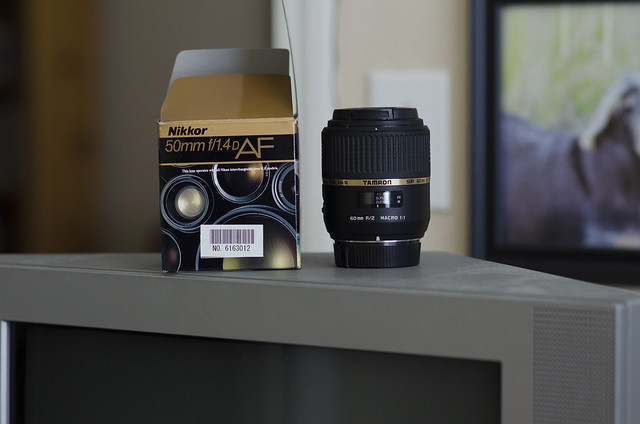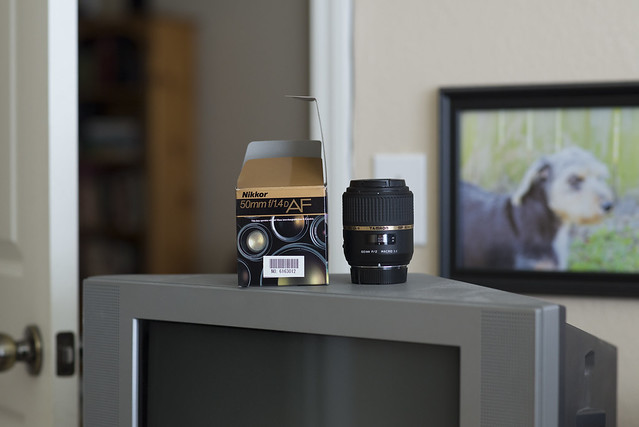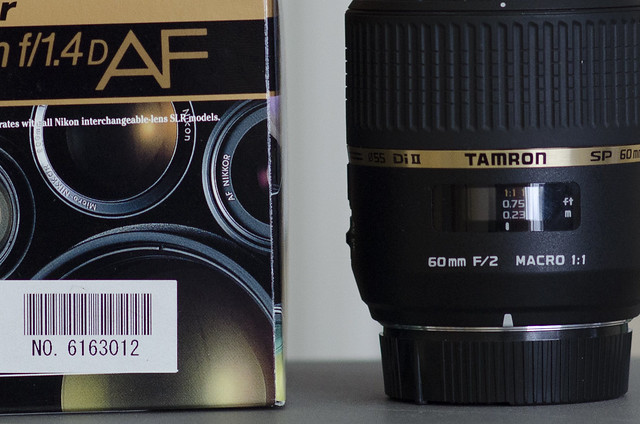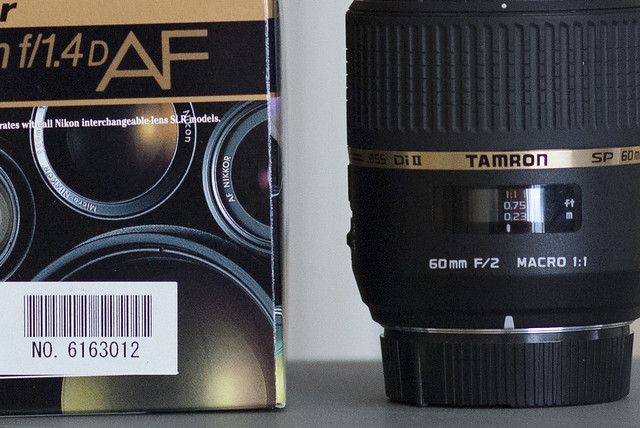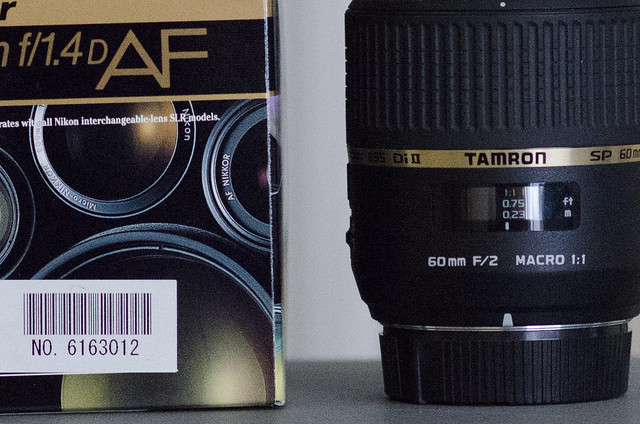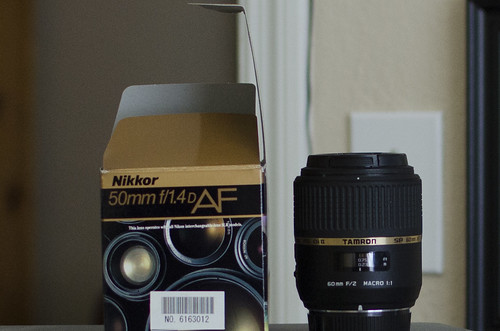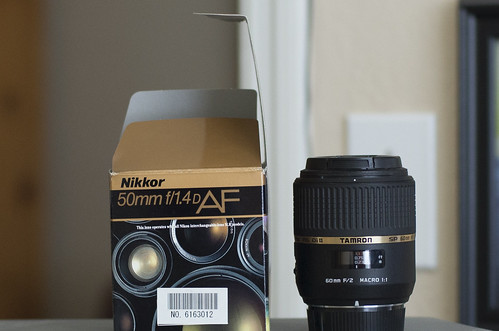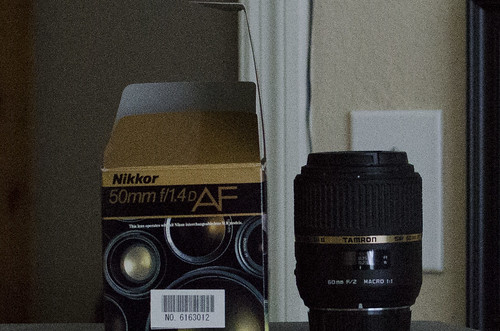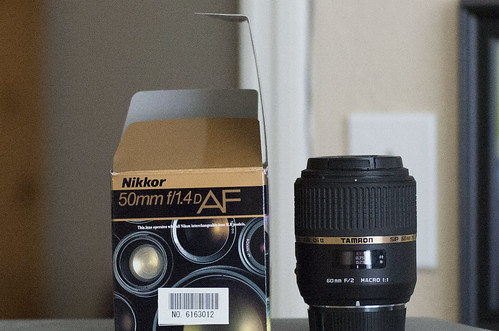D5100 @ ISO 800 f/2.8
D600 @ ISO 800 f/2.8
Quite the difference, eh? Now everyone knows the phenomenon of when you zoom into a photo how the image quality deteriorates because you have fewer pixels on the screen. That begs the question: is it better to shoot with the D5100 or the D600 if you are looking for range on a shot? Intuitively, one might say go for the D5100 because of the range. The reality of this question, though, is the D600 has ~24 megapixels on its sensor versus ~16 for the D5100. How convenient!? Exactly 1.5 times the amount. Stands to reason, then, that there shouldn't be that much difference between the two strictly from the pixels utilized perspective, but the D600 has the superior sensor. The following images put it to the test. I cropped the photos down to the same equivalent area, so for the D600 I had to zoom further in (1:1) than on the D5100, where I didn't have to zoom into 1:1.
D5100 @ISO 800 f/2.8
D600 @ISO 800 f/2.8
D5100 @ISO 3200 f/2.8
D600 @ISO 3200 f/2.8
D5100 @ISO 6400 f/2.8
D600 @ISO 6400 f/2.8
As you can see, the noise in the pictures are pretty comparable, as the math predicted. The pictures in the D600, though overall are a bit better because the sensor captures a wider range of color and exposure, making it the ideal choice even when range is desirable. Of course, this may not always be the case for full frame versus cropped sensor in general. A 24 megapixel cropped sensor versus a 6 megapixel full frame will yield a different outcome. The exercise just goes to show the difference and the perils of assuming that the crop factor automatically makes it the best candidate for shooting greater distances.
